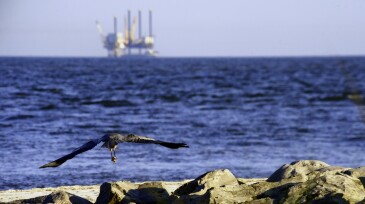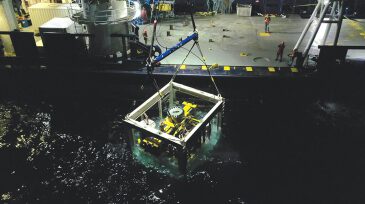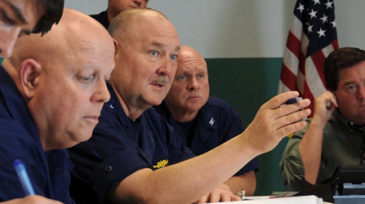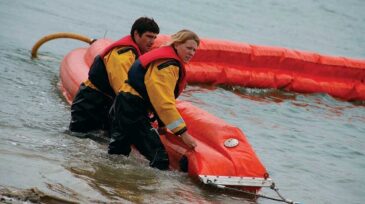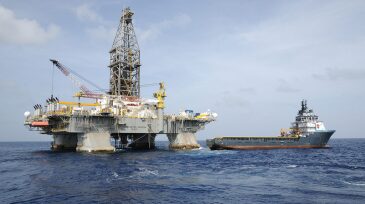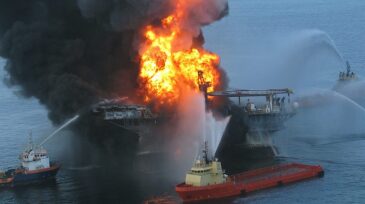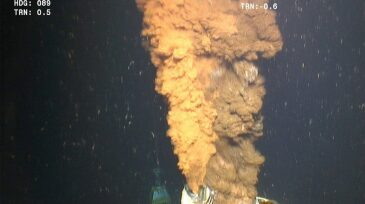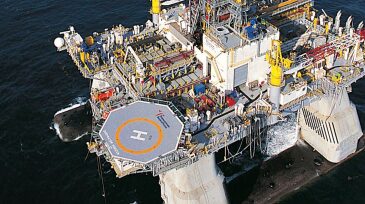Macondo
-
Since the late 1930s, the offshore industry has advanced from the first platform in 14 ft of water to the ultradeepwater 20K era. Driven by seismic, drilling, and development breakthroughs, the industry has pushed into deeper waters, high-pressure reservoirs, and new frontiers like Guyana, continually expanding the limits of offshore exploration.
-
On 20 April 2010, a kick and blowout in the Gulf of Mexico resulted in a series of explosions that killed 11 people and started an environmental disaster. Now, 11 years later, government and industry continue the drive to improve safety.
-
A lot about the blowout preventers used for offshore drilling has changed since Macondo in 2010, but the essentials remain. This evolution serves as a case study on why some oilfield technology is hard to change.
-
The video features some of the leaders who helped the nation respond to the event.
-
On 20 April 2010, a blowout on the Deepwater Horizon, drilling at the Macondo prospect in the Gulf of Mexico, killed 11 crew and caused a major oil spill. The accident and spill forever changed the industry.
-
Following the Deepwater Horizon incident in the Gulf of Mexico, the industry put in place comprehensive initiatives to improve offshore safety. This article outlines the status of two initiatives, a summary of the current focus areas to enhance safety, and SPE’s contribution to them.
-
The new well control rule is evidence that memories of the Macondo blowout remain a powerful force for caution. Despite the rhetoric on both sides of this hot-button issue suggesting big changes, the final changes were incremental.
-
Research suggests that the formation of the deep plume was unrelated to the addition of subsea dispersants.
-
An investigator from the US National Energy Technology Laboratory examines the role remotely operated vehicles played in flow rate estimation from the Macondo well.
-
Various incidents that took place between Transocean, the owner of Deepwater Horizon, and BP, the company that leased the rig for use at Macondo, illustrate the gap between work-as-imagined in the drilling program and work-as-done by the well operations crew.
Page 1 of 2


